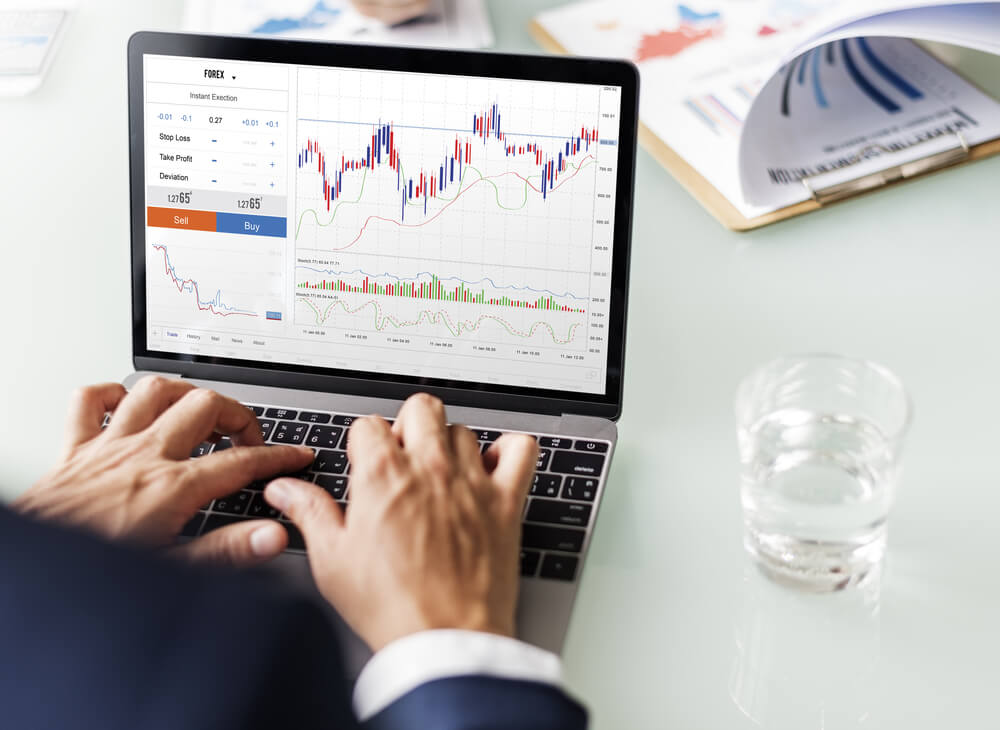
Trading in financial markets is an important aspect of the modern economy. It is the process of buying and selling various financial instruments, such as stocks, bonds, currencies, and derivatives, with the aim of making a profit.
Article content
Developing a trading strategy is the first and key step in creating an effective trading system. This includes choosing markets for trading, determining timeframes (long-term, medium-term, short-term), as well as developing criteria for entering and exiting trades. It is important to consider both technical and fundamental factors. An effective strategy should be flexible and adaptable to changing market conditions.
Let’s look at the key aspects to consider when creating a trading strategy.
Testing Strategy and Data Analysis
After developing a strategy, the next step is testing. This involves using historical data to test the effectiveness of the strategy. Testing helps identify potential weaknesses in the strategy and provides an opportunity for improvement. It is important to use a sufficiently large amount of data to obtain statistically significant results.

Risk and Capital Management
Effective risk and capital management is the cornerstone of successful trading. This includes establishing rules for managing the size of the position, determining the maximum permissible losses per trade and for the entire trading portfolio. Risk control helps minimize losses and preserve capital for future trading opportunities.
Psychological Aspects of Trading
Successful traders maintain emotional stability and discipline, which allows them to consistently follow their trading strategy. The ability to manage stress, fear, and greed is a key factor in long-term trading.
Technical Analysis and Its Role
Basics of Technical Analysis
Technical analysis is a method of evaluating financial instruments by analyzing statistical data obtained from trading activity, such as prices and volumes. The main premise of technical analysis is that historical price movements and trends can predict future price behavior.
Important Technical Indicators and Their Application
There are many technical indicators, each of which provides different types of information about market trends and potential entry or exit points from trades. These include moving averages, trend indicators, oscillators, and volume indicators. The use of these tools helps traders make informed decisions.
Creating Trading Signals Based on Technical Analysis
Trading signals are notifications or suggestions based on certain conditions of technical analysis, indicating the possibility of entering or exiting a trade. For example, the crossing of two moving averages may signal a possible trend change. It is important to combine trading signals with other elements of the trading system, such as risk management and market analysis, to enhance the overall effectiveness of the strategy.

Fundamental Analysis and Its Role
Basics of Fundamental Analysis
Fundamental analysis is an approach to asset valuation based on the analysis of internal and external factors that can affect its value. It includes studying economic, financial, social, and political factors. For stocks, this may involve analyzing a company’s financial statements, its management team, industry trends, and competitive environment. In the case of currencies and bonds, the analysis includes the study of economic indicators such as interest rates, inflation, and political stability.
How Fundamental Factors Affect the Market
Fundamental factors have a significant impact on markets. For example, an increase in interest rates often leads to a fall in stock prices, as the cost of borrowing increases for companies. Similarly, political instability can cause fluctuations in currency exchange rates. Effective fundamental analysis helps investors and traders forecast potential market movements and make informed investment decisions.
Integration of Fundamental Analysis into Trading Strategy
Integrating fundamental analysis into a trading strategy allows traders to better understand long-term trends and the value of an asset. This can be particularly useful when developing strategies for long-term investments. Also, fundamental analysis can be used to identify market discrepancies when the price of an asset does not reflect its true value.

Automation of Trading Processes
Advantages and Disadvantages of Automated Trading
Automated trading involves the use of computer algorithms to manage trading processes. Advantages include increased speed and accuracy of trade execution, reduction of emotional influence on trading decisions, and the ability to test and optimize strategies on historical data. However, there are also disadvantages, such as potential technical failures and the limited ability of algorithms to adapt to unexpected market conditions.
Development and Testing of Algorithmic Trading Systems
Developing an algorithmic trading system requires a deep understanding of trading strategies and programming. After creating an algorithm, it must be thoroughly tested on historical data to assess its effectiveness and resilience to various market conditions.
Choosing and Configuring Trading Software
Choosing the appropriate trading software depends on the individual needs of the trader, including the types of assets they trade and their trading strategy. It is important to choose reliable software with good technical support, an intuitive interface, and the ability to integrate with algorithmic trading systems.

Testing and Optimizing the Trading System
Methods of Testing Trading Strategies
Testing trading strategies is a critical stage in the development of a trading system. One popular method is backtesting, which involves testing the strategy on historical data. This helps assess how the strategy might have performed in the past. Another method is paper trading, where the strategy is tested in real-time but without using real money. And, of course, there is trading on a demo account.
Analysis of Effectiveness and Strategy Adjustment
After testing comes the analysis of results. This includes evaluating indicators such as overall return, maximum portfolio drawdown, Sharpe ratio, and others. Based on this data, adjustments to the strategy are made: improving algorithms, changing risk management parameters, and so on.
Resilience of the System to Market Condition Changes
It is important to ensure that the system is resilient to various market conditions. This means that it should show good results not only in bull or bear markets but also in periods of high volatility and uncertainty.

Live Trading and System Management
Transitioning from a testing phase to live trading demands careful preparation. Starting with smaller trade volumes is advisable, gradually scaling up as your confidence in the system’s reliability grows.
Continuous monitoring and adapting your system to current market conditions are fundamental elements of trading. This includes adjusting system parameters and even temporarily suspending it during atypical market events.
Regularly assessing trading results helps pinpoint system weaknesses, allowing for necessary adjustments. This might involve changes in the strategy, risk management, and technical settings.
Developing and managing an effective trading system is intricate, requiring not only technical expertise but also a profound market understanding and adaptability to its fluctuations. Staying updated with market news, exploring new trading tools and technologies, and delving into relevant analytics are recommended. Find all this insightful information in our blog and Telegram channel.
Recommended reading:






